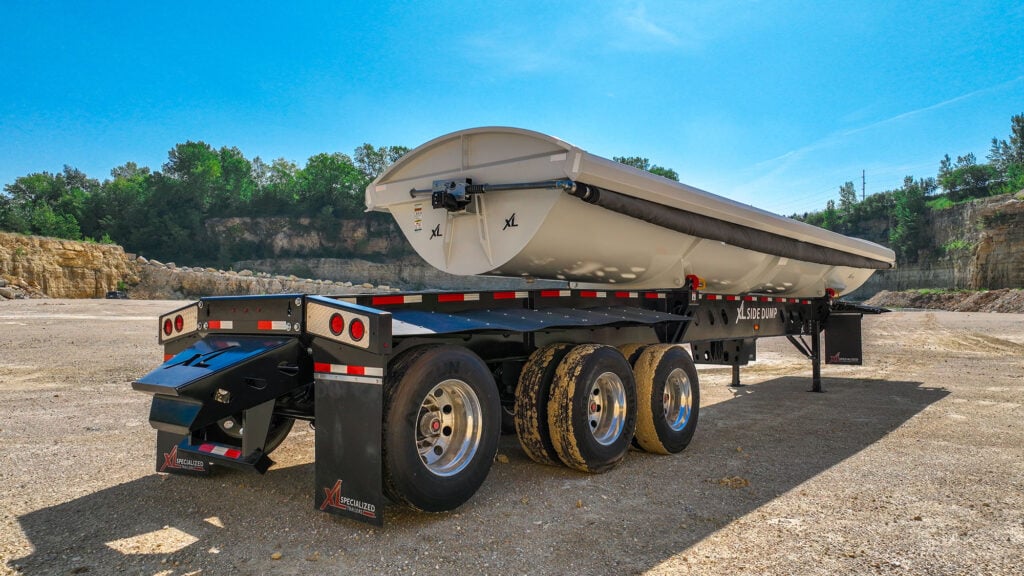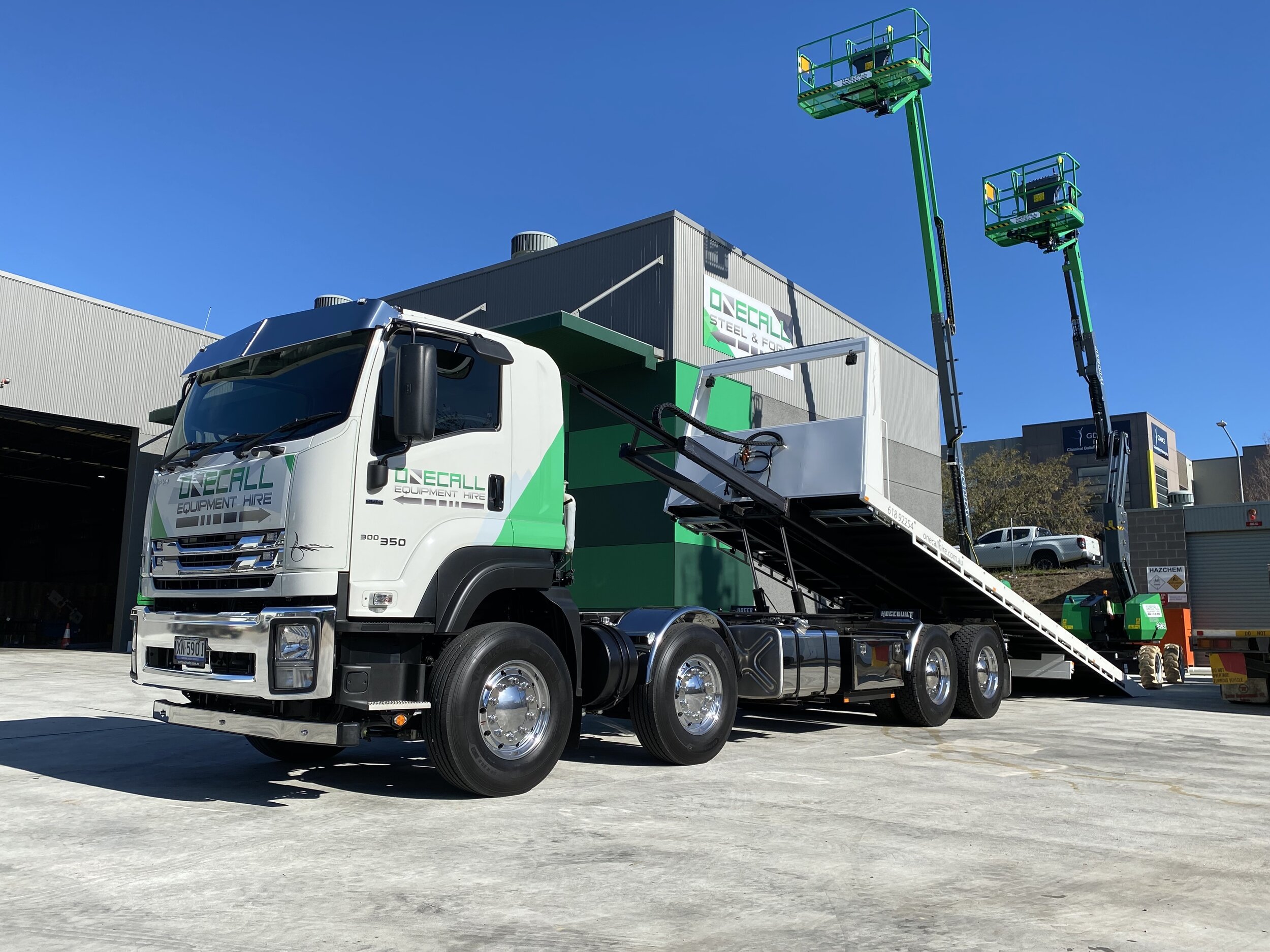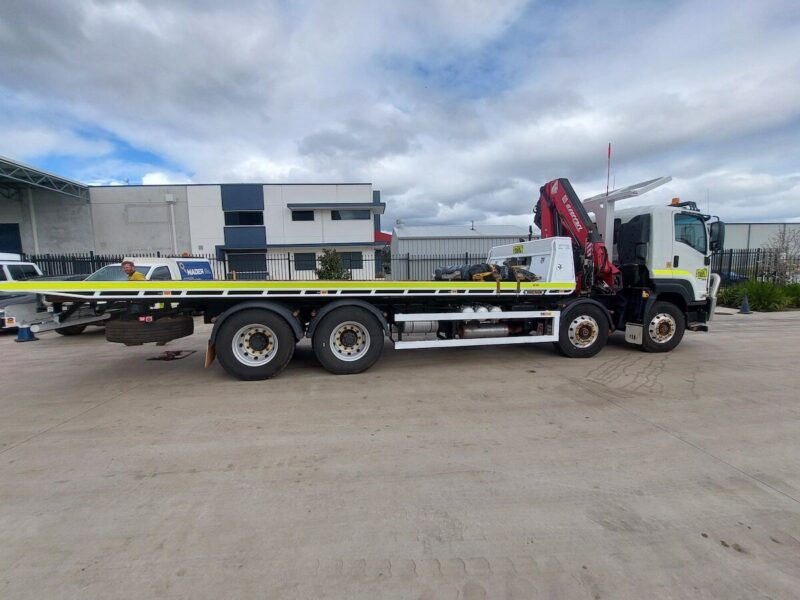In the ever-evolving landscape of logistics and material handling, tilt tray transport stands out as a cutting-edge solution, promising efficiency and adaptability. This innovative system, designed to streamline the movement of goods within warehouses and distribution centers, offers a unique blend of benefits and challenges.
On one hand, it can significantly enhance operational productivity by swiftly sorting items and reducing manual labor. On the other hand, the initial investment and potential technical complexities can pose hurdles for some businesses.
So, is tilt tray transport the right fit for your operations? In this article, we will delve into the pros and cons of this advanced system, helping you navigate the decision-making process with clarity and insight.
Enhanced Safety Features

Enhanced safety features stand as a pivotal hallmark of tilt tray transport, ushering in a new era of reliability and protection for both operators and cargo. These vehicles are equipped with advanced technology such as automatic braking systems, load sensors, and enhanced visibility aids, which collectively work to minimize the risk of accidents on the road.
Imagine a scenario where a sudden stop occurs; the automatic systems swiftly engage, ensuring that loads remain secure even in the most unpredictable conditions. Moreover, the design of tilt trays allows for a lower center of gravity, significantly reducing the likelihood of tipping, which can be a common concern with traditional flatbeds.
Safety, after all, is not merely a feature but a fundamental necessity—fostering peace of mind and instilling confidence in operators and clients alike. In an industry where every decision counts, these innovations are not just advantages; they are essential for safe, effective transport.
Accessibility to Tight Spaces

Accessibility to tight spaces is one of the standout advantages of tilt tray transport, making it an exceptionally practical choice for various jobs. Unlike traditional haulers that require ample room for maneuvering, tilt trays boast a unique design that allows them to navigate snug areas with surprising ease. Imagine a bustling construction site or a cluttered urban street—these environments often pose challenges for larger vehicles, yet a tilt tray can deftly position itself to load and unload materials, even in the most restricted spots.
This capability can save both time and hassle, enabling operators to complete tasks efficiently without the need for additional equipment. However, while this accessibility is a significant perk, it’s essential to consider the type of loads being transported; not every item may be suitable for this method, requiring careful planning and execution to achieve optimal results.
Specialized Operator Training Required

Specialized operator training is an essential prerequisite for effective tilt tray transport operations. Navigating the intricacies of this advanced system demands a profound understanding of both the machinery and the loading protocols.
Operators must learn to manage the tilt trays movements with precision, accounting for the weight distribution and securing different types of cargo. The training goes beyond merely handling the equipment; it encompasses safety protocols, emergency response strategies, and operational efficiency techniques.
Additionally, the steep learning curve associated with mastering these specialized skills means that companies must invest time and resources into cultivating a workforce that can seamlessly integrate tilt tray technology into their logistics processes. Ultimately, while this investment can yield considerable benefits, it underscores the complexity and responsibility that come with the territory—ensuring that only the most qualified individuals take the helm of these sophisticated machines.
Conclusion
In conclusion, tilt tray transport offers a range of advantages and disadvantages that can significantly impact your operational efficiency and decision-making process. Its versatility and ability to accommodate diverse loads make it an appealing option for many industries.
However, the considerations regarding cost, accessibility, and specific operational needs cannot be overlooked. Ultimately, whether tilt tray transport is the right choice for your job will depend on a careful assessment of your unique requirements and circumstances.
By weighing the pros and cons thoughtfully, you can make an informed decision that aligns with your business goals, ensuring that your transport solutions are both effective and economical.


